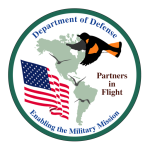BIRD CHECKLIST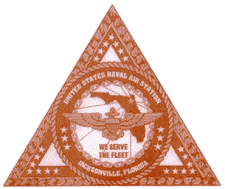
NAVAL AIR STATION
JACKSONVILLE, FLORIDA
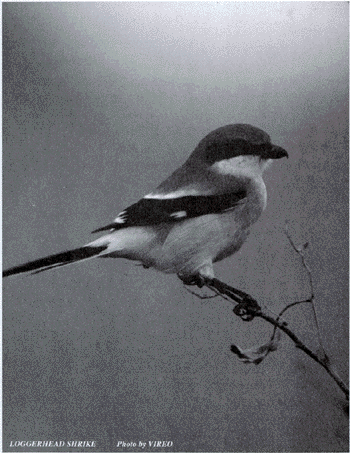
BIRDS OF NAS JACKSONVILLE
DATE:________________
NOTES:
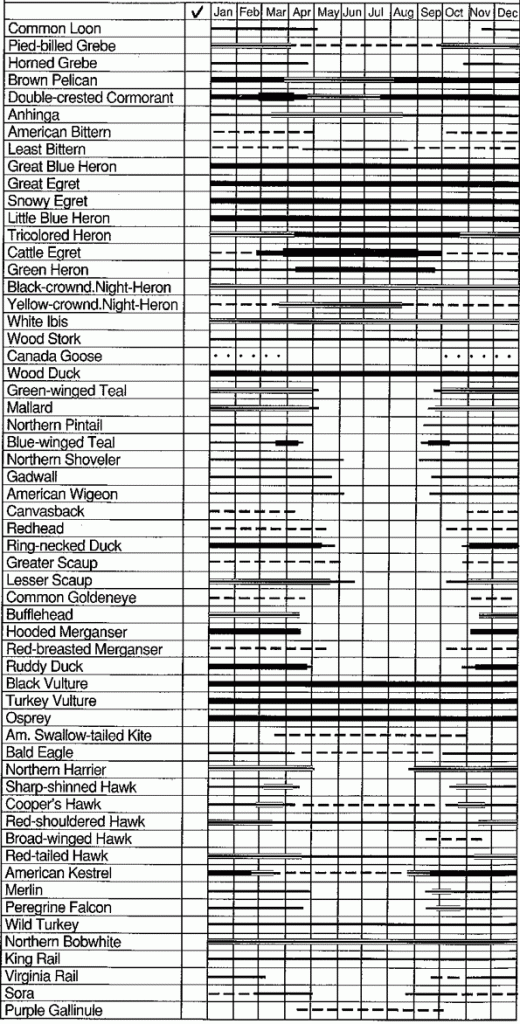
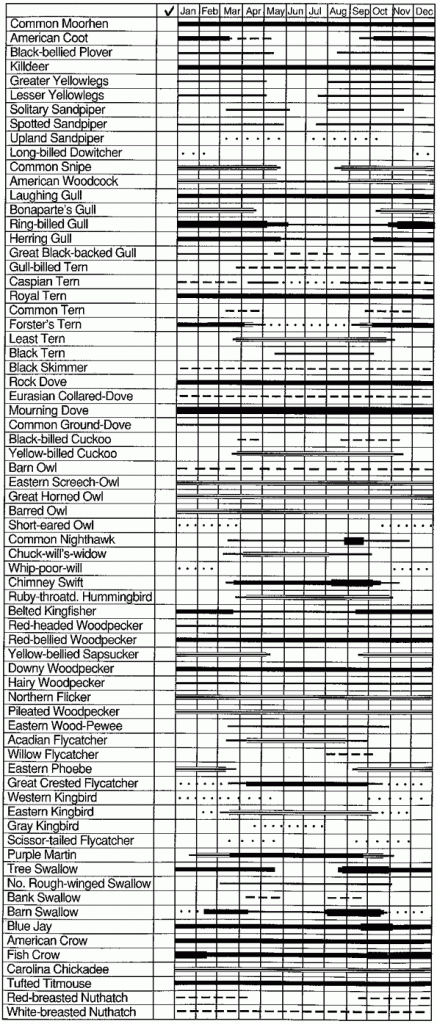
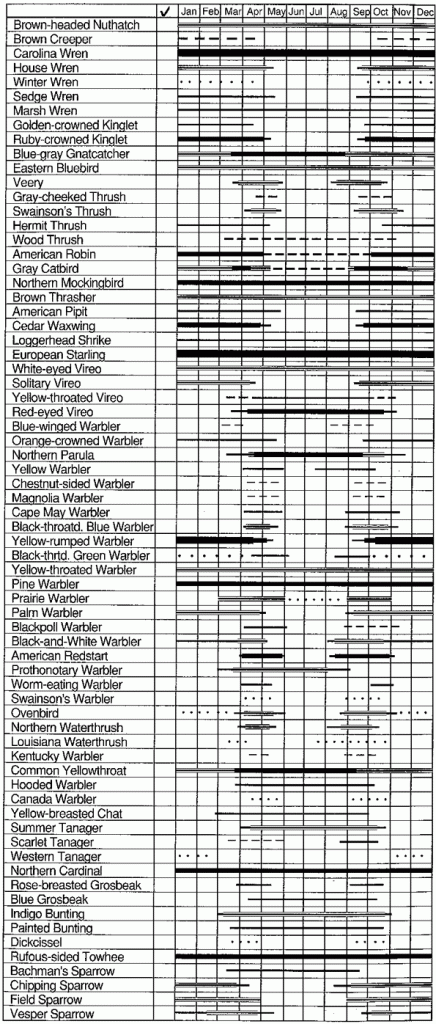
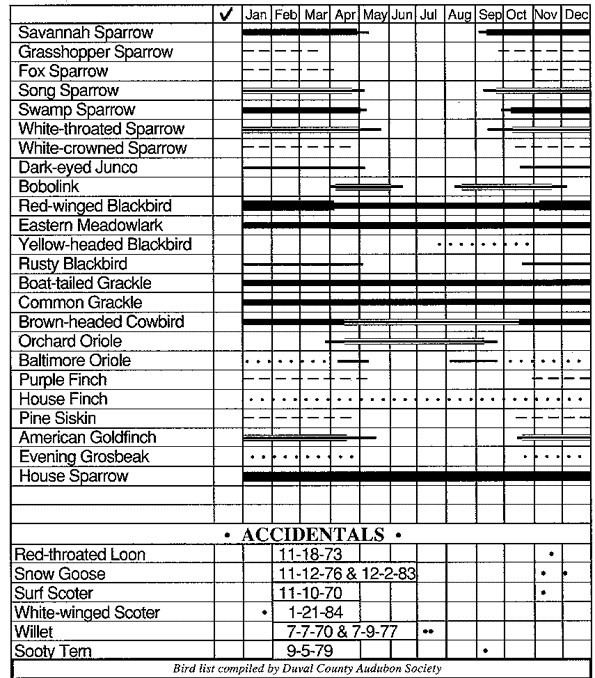

NAVY RESOURCES PROGRAM
The Navy and Marine Corps manage more than four million acres worldwide. Much of this land is located in sensitive wetlands along valuable coastlines, some of the most ecologically significant areas in the world. The location of our real estate holdings makes it imperative that we plan and execute our various military missions in harmony with our environment. It is a Department of the Navy goal to promote an environmental protection ethic within the Navy workforce.
The Department of the Navy supports numerous partnerships with other Federal, State, local and private resource groups to promote such programs as the North American Waterfowl Management Plan, Neotropical Migratory Bird Conservation, Wetlands Protection and Enhancement, and Watchable Wildlife.
To succeed in its mission, and to earn public confidence, the Navy must emphasize resource stewardship in everyaspect of its land use. It does. Come see for yourself and discover our resources.
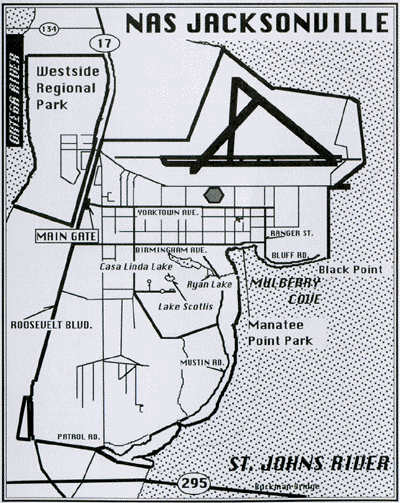
Welcome to Naval Air Station Jacksonville. Commissioned in 1940, it has evolved into the Navy’s third largest complex and is a master air and industrial base with a mission to provide high quality support to U.S. and allied forces worldwide. Its two aviation wings fly the P-3 Orion long-range maritime surveillance aircraft and the SH-3 Sea King and SH-60 Sea Hawk helicopters. NAS JAX is currently at the forefront of antisubmarine warfare readiness employing 13,000 military and 6,000 civilian personnel.
NAS Jacksonville’s 3,896 acres and 7.12 miles of shoreline are located on a peninsula between the St. John’s and Ortega Rivers. Black Point Bluff, overlooking Mulberry Cove, is being developed as a Watchable Wildlife Area by the Facilities and Environmental Office. The site is noted as a summer feeding ground for manatees and is one of the only places where these endangered mammals can regularly be seen.
The northern portion of Westside Regional Park, a cooperative project with the City of Jacksonville, on Navy-owned land, features a Bald Eagle’s nest and a dozen Osprey nest sites. Ryan Lake and Lake Scotlis also offer wildlife viewing. Wood Storks can often be seen feeding along the lakes’ shores. The station is unique for its dense population of Loggerhead Shrikes, birds known for impaling their prey on thorns or barbed wire!
The U.S. Navy and Partners in Flight are cooperating in an international program to promote the conservation of migratory birds. For information, contact DoD Partners in Flight by email or call 540-349-9662.

